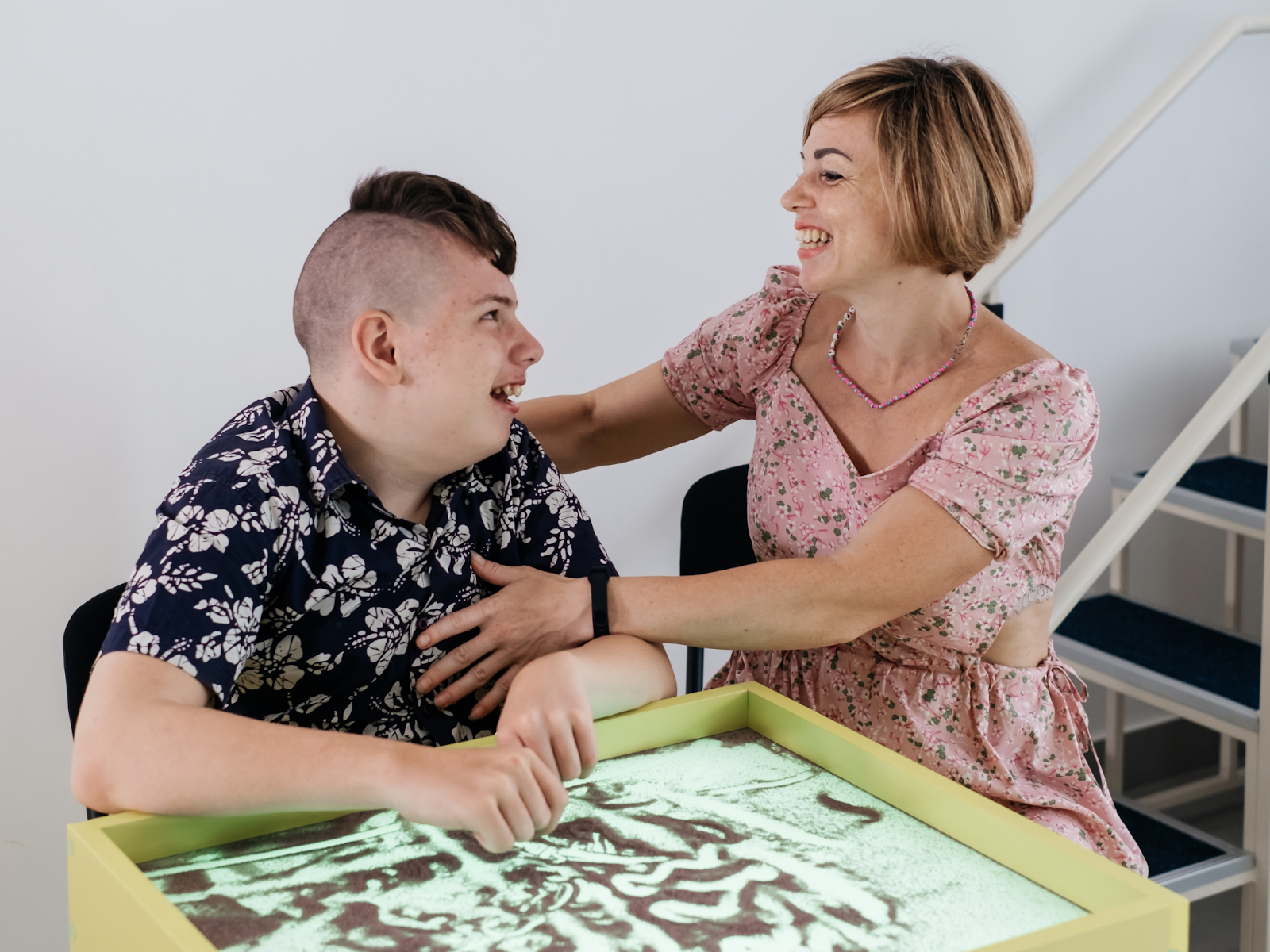Many people associate being a picky eater with being childish, but this is an unfair and inaccurate connection to make. For many children and adults alike, their autism and picky eating habits are intertwined. In fact, new evidence implies that autistic adults experience disordered eating more, on average, than the general population.
For autistic people, picky eating is not a matter of selfishness or immaturity. It’s a genuine difficulty that is, thankfully, gathering more research and respect.
Why Are Some Autistic People "Picky Eaters?"
Sensory inputs often affect autistic people in an intense way. This is known as a sensory processing disorder (SPD). Someone with SPD might be overwhelmed by a particular sight, smell, taste, or feel of a food in front of them.
It can take just a single off-putting sensation to make something practically inedible for an autistic person.
Food Texture Sensitivity
The most common culprit for picky eating behaviors among autistic people is food texture. Think of the stringiness of celery, the sliminess of tomatoes, or the chewiness of mushrooms.
For an autistic person, the feel of food often triggers their SPD and can be impossible, or deeply uncomfortable, to ignore.
Adverse physical reactions to food textures, like gagging or spitting out food, can often occur. For this reason alone, many autistic people prefer to stick to their safe foods.
Autism Safe Foods and Sensitivities
Autistic adults have had years to learn which foods are safe for their sensitivities and which foods aren't. There is no one-food-fits-all for autism. Safe foods are individually chosen, but they will have the same characteristics for each autistic person. For a food to be safe, it must be:
- Familiar
- Comforting
- Non-offensive to their sensory sensitivities
While safe foods are reliable, they might not always be balanced. If, for example, an autistic person’s safe foods aren’t nutritious or varied enough, obesity and other health issues can arise.
How to Enjoy a Balanced Diet as a "Picky Eater"
Being a “picky eater” doesn’t mean you have to eat poorly. With some planning and self-guided experimentation, you can find ways to eat healthy despite autism food aversion.
Start by thinking through your safe foods and which tastes, textures, smells, and sights you can’t stand. From there, you can branch out slowly, finding and trying foods that check your sensory boxes and offer balanced nutrition.
Preparation and Substitution
Many foods can be prepared in ways that alter their sensory factors. You can also consider alternative sources of important nutrients like protein.
- Veggies can be softened up in a soup or stir-fry.
- Fruits can be dried or blended into smoothies.
- Meat can be substituted for eggs, beans, tofu, or other alternative proteins.
These are just a few examples, but the point is that food is flexible. Think outside the box and let your creative juices flow.
Personal Choice
The most important part of enjoying a balanced diet is the freedom of choice. As well-intentioned as caregivers or friends may be in trying to force healthy food into an autistic person’s diet, it’s often not successful or helpful.
Go at your own pace as you expand your diet. Nurturing a healthy relationship with food is the goal, after all.
Learn More About Living with Autism as an Adult with NeuroNav
You don’t have to navigate your autism or “picky eating” alone. At NeuroNav, we pride ourselves on providing resources and information that are useful, accurate, and most of all, supportive.
Our independent facilitation services in California stand ready to help you make the most of the Self-Determination Program (SDP). Through SDP, you can have the freedom to choose what services and help you receive. Schedule a free consultation today and start your path to an independent future.

-1.png)


